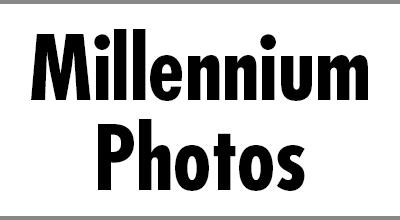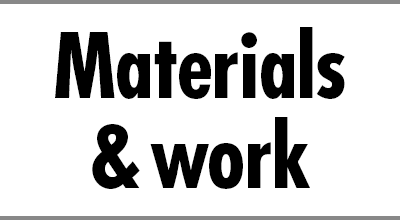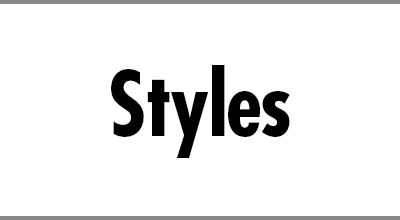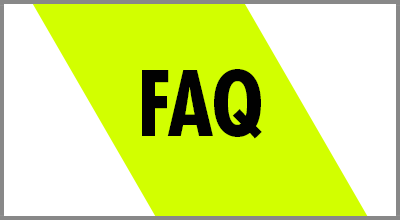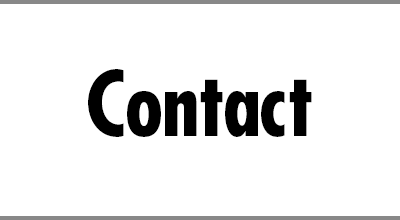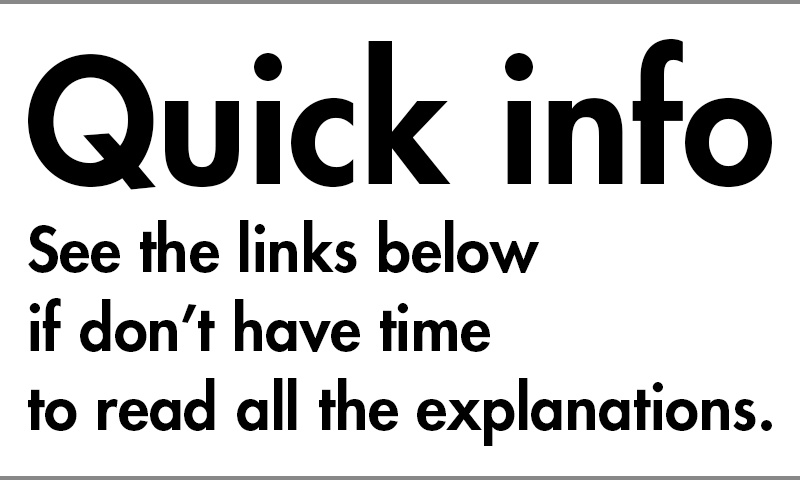Q: Can any photo be used for a Millennium Photo or Stainless Photo product?
A: Even though any photo can be used for a Millennium Photo or Stainless Photo product, you will get a better finished product with a photo which is sharp and with clear tones. You cannot expect good results from a photo taken with a camera in an old mobile phone, as such cameras are small and have poor focus. If you have trouble in choosing, please send several candidate photos to us, and we will suggest the most suitable one.
Q: What kinds of photos are suitable?
A: For portrait photos, those in which the subjects face takes up a large part of the image can produce good results. Original photos which are in focus and which show all parts clearly, from dark to bright ones, are the most suitable.
Also, if you plan to give us a film negative, an original film negative is more suitable than paper printed from the film. However, since it is difficult to identify the image on a film negative, please send both the film negative and a print of it, if possible.
Both color and monochrome, as well as both negative and positive photos, are acceptable. Film, paper photos and photos printed on ordinary paper are all acceptable. Glass dry plates are also fine. Sizes can be up to 8x10 inches (about the size of A4 paper). The best photo to use in order to achieve the highest quality product is large-sized film negative.
Q: Is it to possible to create a product based on digital data?
A: We can create products from digital images.
Please send as a large an image as possible without resizing. However, since using software to enlarge an originally small sized-image does not help to restore the image density, please send the original digital image.
If sending a JPEG image, please do not send a file which was opened and saved, but the original file as taken by the camera.
Digital images which have been processed such as with color adjustment and composition are also acceptable. In this case, you do not have to give us the original file.
We can produce from images which are taken by mobile phone and smart phones cameras; however, this cannot achieve good results due to reasons such as incorrect focus, low resolution, and a lot of noise. With digital cameras, you can generally expect better results with single lens reflex cameras than with compact cameras in terms of image quality.
Q: What kind of data format should I use?
A: We can accept general image formats such as JPEG, TIFF, BMP and PSD. We may not be able to accept raw data, therefore, please make sure to transfer it to a versatile format such as TIFF before sending it to us. RGB is more suitable than CMYK or multi-channel. Gray scale is also fine.
Generally, you can get a better result with 16 bit or 32 bit than 8 bit; however, it is no problem to retain the original bit depth. You do not have to convert the photo to increase the number of bits.
Q: How should I send the photo?
A: ① If sending through internet
a: If the size is 10MB or less, please attach the photo to an email and send it to us.
b: If the size is greater than 10 MB, we will let you know how to send it. Please contact us by email or through the inquiry form.
If you compress the photo, please compress it using a ZIP file format.
② If you send the photo using a physical delivery service, please send it through a method with which you can get a record of delivery such as a courier service or post service.
a: If you send a print or a film, please put it between two pieces of thick paper so that it will not fold, seal the paper, and send the photo marked as fragile. Since we know that your photo is important, we will handle it with special care. Once it arrives, we will copy it and return it immediately. If you want to send a photo stuck in a photo album, please remove the photo and send it without the album.
b: If you send external recording media, we can accept CD-R, DVD-R, DVD-RW and Blu-Ray.
We cannot accept media with cartridges such as MO. We can read media created using Windows (FAT32, NSTF) and Mac (HFS, HFS+). We will handle the disc received with special care, and will send it back immediately after reading it; however, please make sure to send a copy, not the original disk. We cannot accept the responsibility if an accident occurs to the disk such as if it gets damaged and if the data can no longer be read.
When you record data to a medium such as CD-R, if possible, please do not copy all the original data, but please only copy the photo which you would like to be processed, or copy only several candidate ones. If unused data is also included with data to be used, it may cause a mix-up.
Since data stored in flash memory media, such as an SD memory card, compact flash (CF) and USB memory might get damaged, we cannot receive them in principle. Please copy the photo to other media such as CD-R, or send an email with the photo attached. If you cannot do any of these, we will accept flash memory media; however, we cannot accept responsibility in the case of an accident.
We cannot accept films with undeveloped photos. Please send photos after they have been developed.
Please do not send a camera containing data.
Q: Is it better to send digital data or a piece of paper printed out based on the data?
A: If you have the original data, please send it, because you can get better results with it. Printed paper has somewhat lower quality than the underlying data.
Q: If you can get better results with digital data, is it better to take a photo of the printed paper to make it into digital data, and then send that?
A: In this case, the original printed paper is better. In order to get the best quality, you should send either digital data, a print-out or a film which is closest to the original.
Q: Is it possible to produce Millennium Photos or Stainless Photos based on digital data from a photo which I scanned and processed myself?
A: Yes, this is possible. If you want to perform some processing on the photos yourself, you can scan photos printed on paper and there will be no problem.
However, since color information cannot be shown in monochrome products such as Millennium Photos and Stainless Photos, it is possible that you may not get the expected results. We recommend adjusting the image in grayscale mode.
Q: It seems that damaged photos are processed after reconstructing the image; however, could you give me the reconstructed colored photo as well?
A: We can provide the original photo which was reconstructed and adjusted together with the finished product for free. We can provide both the photo printed on paper and in digital form. We can also provide reconstructed photos printed on paper and in digital form based on original photos kept in film negatives or on glass plates.







